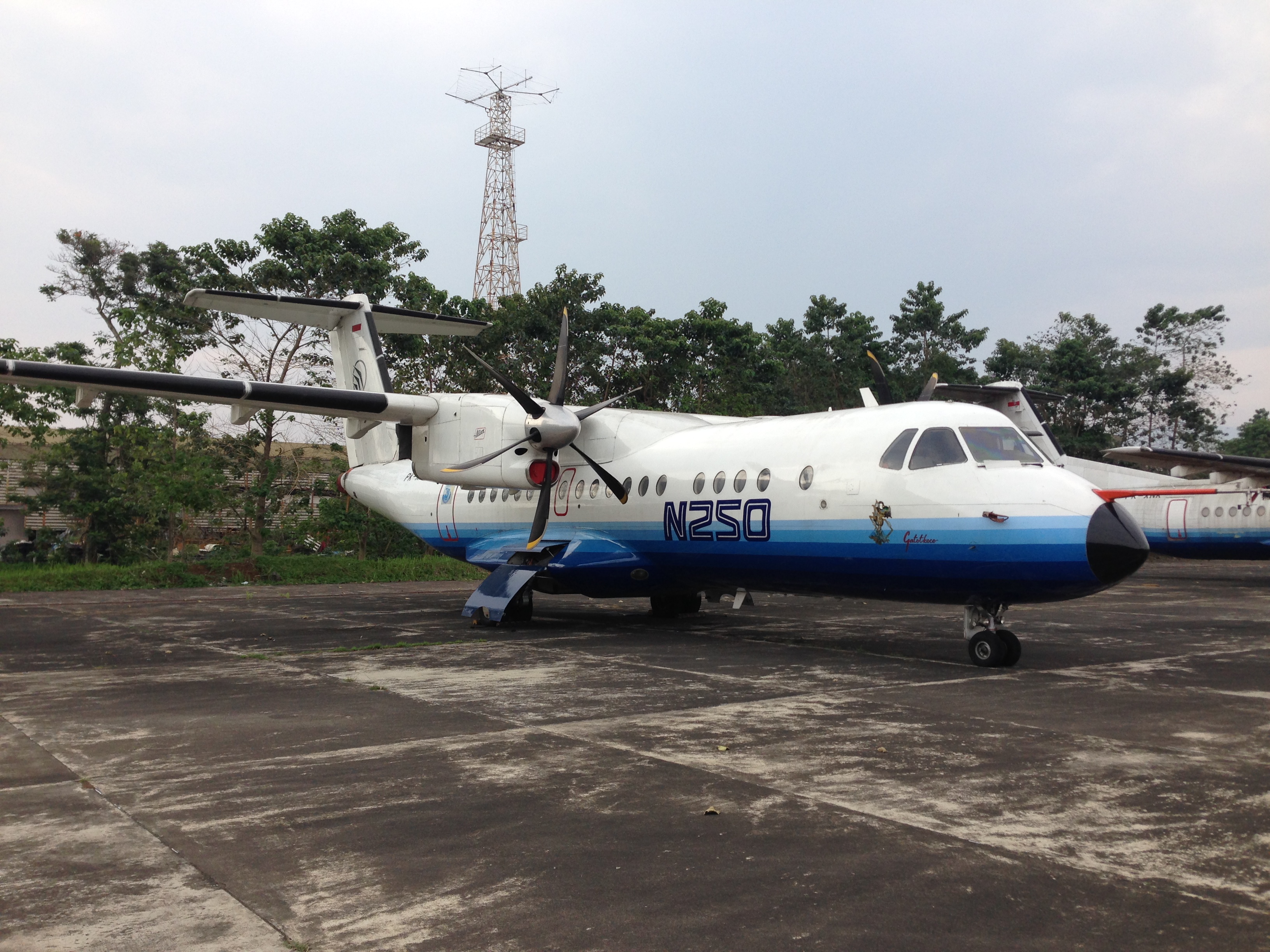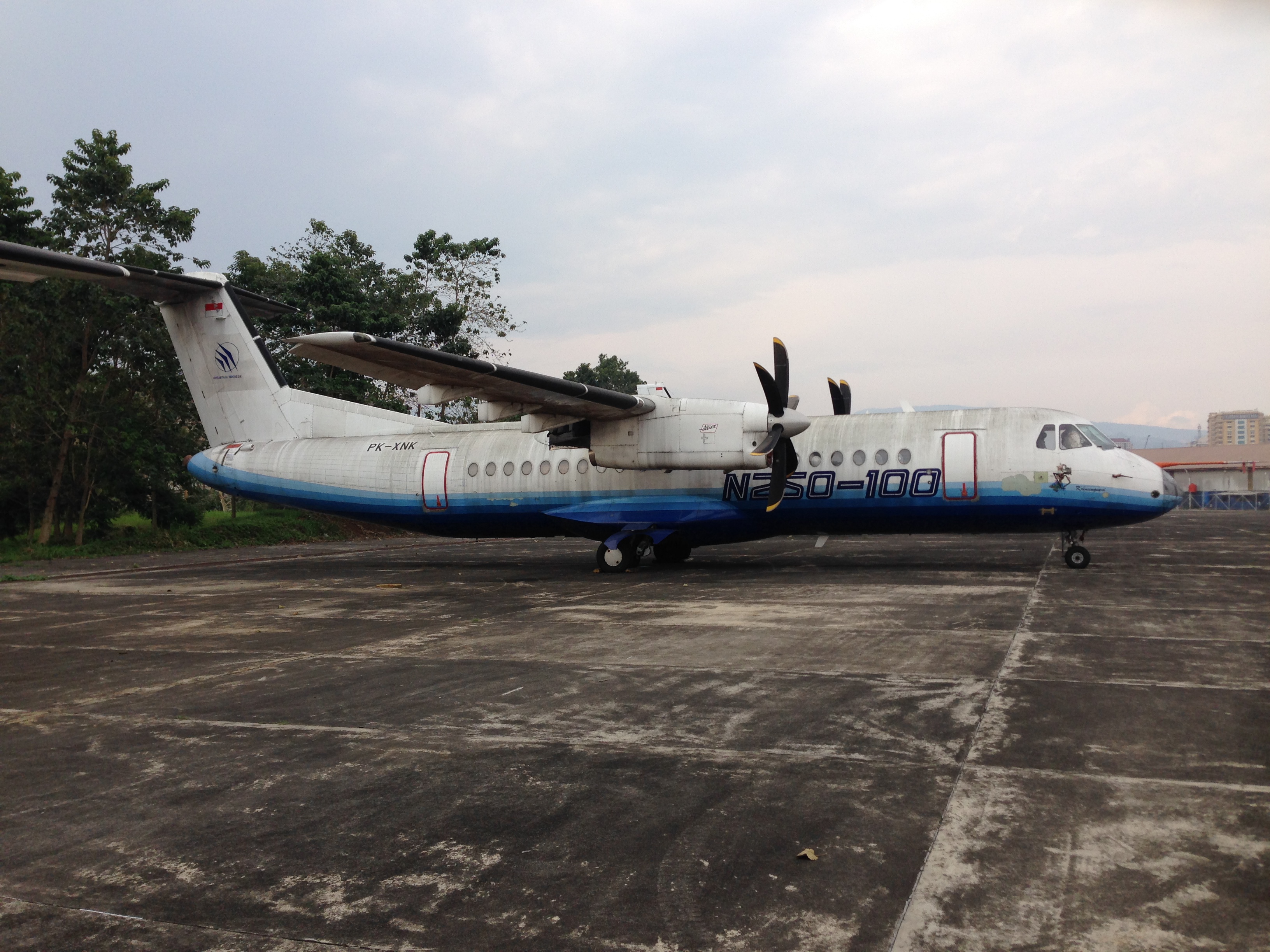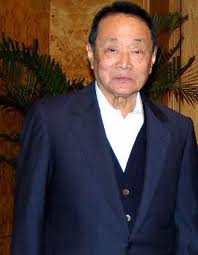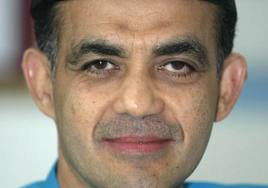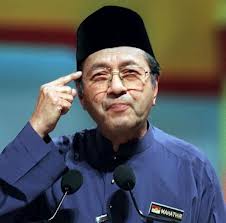A long trip through Malaysia, Indonesia and China leaves me more convinced than ever that east Asia has two distinct destinies in economic development terms, and that the south-east Asian states are on the wrong side of the tracks.
I start off in Malaysia, where the United Malays National Organisation (UMNO) holds power despite winning a slightly smaller vote share than the opposition in May’s elections. The effect has been a skittish, neurotic administration confronted with deep-seated developmental problems it has no desire or capacity to address. The government commissions reports from the likes of McKinsey as if believing foreign management consultants are likely to come up with some brilliant idea to solve the nation’s problems. In reality, locals know all too well what the issues are — a coddled plantation sector and ignored smallholders in agriculture, low levels of indigenous industrial competitiveness, an untamed army of oligarchs that does almost nothing to promote national economic development and recycles its cash flows offshore, a financial system that pushes out consumer debt rather than supporting industrial development, and resurgent speculation in high-end real estate. Despite oil and gas revenues that cover around two-fifths of the national budget, the government still runs a budget deficit of 5 percent of GDP as it strives to buy off discontent.
In Malaysia today, there is a general sense of malaise, compounded by a recently much increased crime rate — particularly theft, burglary and violent crime. This was never a country that you associated with crime (other than expropriation by godfathers), but that seems to have changed.
On 9 October, a nearly 90-year-old Mahathir was kind enough to grant me a meeting. After corresponding with him during the writing of How Asia Works, I was looking forward to sitting down with him. However the experience did nothing to change the conclusions I had already reached.
Here are the highlights: On agriculture, Mahathir insisted that plantations always produce better yields than smallholders. On Malaysia’s tycoons staying out of manufacturing and not contributing to industrialisation, he commented: ‘They do what they think they can do best. We don’t direct them.’ On the future of economic development, he said he never did, and does not now, see ASEAN as a vehicle for economic policy cooperation and joint development. ‘Economic cooperation is secondary in ASEAN,’ he said. Instead Mahathir talked of the tourism potential of millions of Chinese visitors and of China as a source of cheap manufactured products for Malaysia; he favours buying a Chinese high-speed rail line to run the length of the country.
For me, the takeaway was that Mahathir doesn’t think a country like Malaysia ‘ought’ to be able to compete with a country like China. His parting shot was to say that it was unfair of me to compare the manufacturing development of Malaysia and Korea in How Asia Works: ‘We are not a single ethnic country. We are a multi-ethnic country. That makes it more difficult. They [Malaysia’s ethnic groups] are not at the same level.’ It was the race-based outlook that I describe in How Asia Works as having been so devisive and detrimental to effective policy in every south-east Asian country.
Would Indonesia be any different? I spoke at an event generously hosted by Trade Minister Gita Wirjawan, who read How Asia Works soon after it was published and announced himself ‘a fan’. However, while he might agree with the analysis of south-east Asia’s problems, at the event he offered no clear statements as to policy changes he believes are required if Indonesia is to improve its development prospects. All I picked up in Jakarta was the same, general sense of discontent after 15 post-Asian crisis years of partial economic recovery based on commodity trade (principally with China) and zero industrial progress.
On this topic, I spent the day before the Trade Ministry event at what used to be called IPTN in Bandung, now known as Indonesian Aerospace. People I asked in Jakarta assumed that the aircraft-building industrial policy adventure sponsored by BJ Habibie — which the IMF insisted be cut off from further state funding as a condition of providing credit to Indonesia in 1998 — is long dead.
But not so. IPTN/IAe lends a little support to my assertion in the book that even failed industrial policy will produce some tangible benefits (just very expensive ones compared with well organised industrial policy). Up in Bandung, IPTN had 15,600 employees, including 3,500 engineers, before the Asian crisis hit. The firm was receiving monthly government remittances to cover development costs for Indonesia’s indigenous N-250, 50-seat turbo-prop aircraft. With almost no cash reserves, when the cash was cut off the firm went into freefall. Management did not stabilise the business until the headcount had been cut by more than 12,000, to just 3,000. They did so by turning what had been an aircraft building business into a low-cost parts supplier, particularly to Airbus.
Today, the two N-250 prototypes sit disconsolate in a parking area of the 80 hectare site (the one at the bottom is three metres longer and can seat 70, so was really the N-270, as in two engines, 70 seats). Suharto himself launched the first prototype in 1995, naming it Gatotkoco after a character in Hindu-Javanese legend. Something of the order of US$1 billion had been pumped into the N-250 programme by 1998. The renamed Indonesian Aerospace kept flying its prototypes — racking up 1,200 test hours — until 2007 in the vain hope of finding cash to finish the project. The outside technical reviews were generally positive, but the will and capacity of the government to back the project were gone.
After the state cash flow was cut, Indonesian Aerospace first obtained work making wing ribs for the Airbus A380. Then it obtained contracts for the A320, and for Boeing and other aircraft. There was no way for the firm itself to invest in development projects because residual government debt made it unbankable. Only in 2011 did the government agree to a debt write-off (technically a debt-equity swap). This was followed in 2012 by a Rupiah1.2 trillion (circa US$100m) ‘goodbye’ capital injection from the state.
Indonesian Aerospace continued to assemble small aircraft after the crisis that it had assembled before 1998 in a joint venture with a Spanish firm — now owned by Airbus Military. Gradually it has managed improve the terms of its cooperation with Airbus, moving, for instance, to profit sharing on the most popular model it builds. Critically, the post-crisis era focused Indonesian Aerospace on selling aircraft as well as making them. It currently exports around one-fifth of the small aircraft it assembles — to Thailand for rain-seeding, to South Korea for coastal surveillance, to Malaysia, Pakistan and Turkey. Exports, however, are still nowhere near as strong as they were in Embraer’s formative stages in Brazil, before that firm went on to be truly globally competitive. Indonesian non-weaponized defence procurement is the current backbone of Indonesian Aerospace’s order backlog, which stands at US$1 billion.
Perhaps most interesting is that the firm, after conducting five years of market studies (what would have been an unthinkably long period of analysis in the pre-crisis era when it was rushing straight from the N250 to the N2130, a 130-seat jet aircraft), has committed to develop a new civilian aircraft of its own. Indonesian Aerospace managers say they have 150 non-binding commitments for a very small, 19-seat passenger aircraft designed for low-cost travel between second-tier cities in the provinces. Indonesia, like the rest of south-east Asia, already has a booming low-cost sector between key cities based on Boeing and Airbus aircraft. This is an attempt to grab a bit of market share below the radar of the big boys. The aircraft will work off short landing strips, be able to carry substantial amounts of freight relative to passengers, and is designed for use with minimal air traffic control; a prototype will fly in 2015.
Indonesia’s industrial policy was badly conceived, with too little competition, no involvement of leading entrepreneurs, and almost zero export orientation. Even today Indonesian Aerospace has failed to build a supplier cluster around Bandung. But it looks like the firm may in the end produce a marketable aircraft worthy of the name of indigenous technological capacity.
The big point of contemporary comparison, of course, is China. Earlier in 2013 there was a mild panic among foreign observers that that country’s accumulation of bad debt — largely a result of the aggressive industrial policy orientation of its financial sector — could lead to imminent financial melt-down. But not so. Unlike Indonesia, which had no capital controls in 1997, China is protected from changes of sentiment about its banks by capital controls that trap money in the country and keep the system liquid. China’s capacity to grow away from debt is declining as its growth rate gradually falls, but the basic fact of capital controls still meant that this year’s panic was a storm in a teacup. There is always a lot of waste involved in industrial policy, but control of the domestic financial system allows a government to socialise the cost.
Riding the high-speed rail system (HSR) from Shanghai to Suzhou to Xuzhou to Beijing, visiting firms, I also reflected how massively greater is China’s technological capacity today than was Indonesia’s when that country hit the skids in 1997-8. The entire Chinese economy makes stuff that the world economy is willing to pay for. Manufacturing activity is not confined to one or two bellwether projects like IPTN or Malaysia’s Proton. If crisis struck China today, the country would be way more competitive, in more value-added activities, once the crisis abated than was Indonesia after 1998. And China doesn’t face a crisis today because it has not been dumb enough to abandon capital controls. I suspect the country only has one more economic cycle to go before its control over capital is insufficient to escape crisis — the irony of its present stage of development is that China must begin to deregulate finance in order to waste less capital in an era of slowing growth. But by the time crisis does strike, China’s technological competitiveness and its roster of globally competitive large firms will be substantially higher again that it is today.
So what I came back to England thinking is that there is just a lack of political will and political self-belief in south-east Asia to do things differently. I am not sure it was ever really any different. Even Mahathir, who talked the best game in the region in terms of promising a shift to a Japanese-Korean model when he was premier, says that Malaysians cannot really follow the model because they are not racially up to it. On that view, you have lost before you start.

